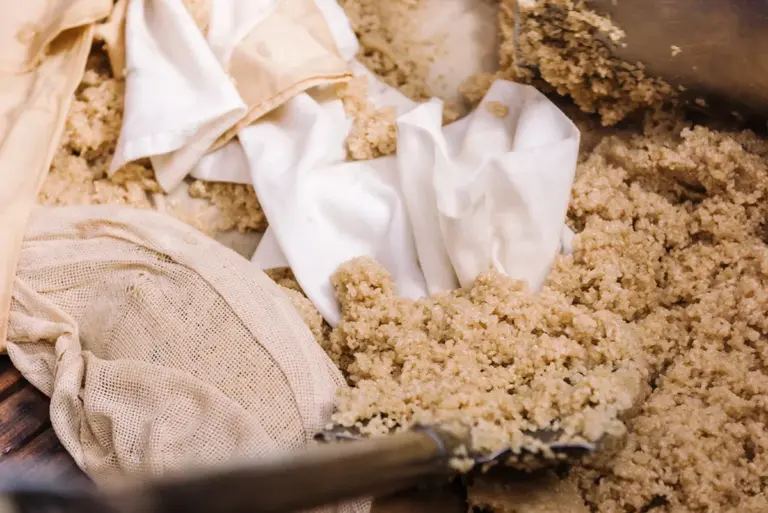We all know the basics: the zing of sour, the pull of sweetness, the satisfaction of salt, and the punch of bitterness. Even umami – that deep, savoury fifth taste – has become common knowledge. But there’s a new player on the flavour scene that’s capturing serious attention.
Say hello to kokumi. Touted as the “secret ingredient” in flavour enhancement, kokumi is rapidly becoming a favourite among chefs, scientists, and food lovers for its ability to deepen and enrich the overall taste experience.
Whether you’re plating up like a pro or just love experimenting at home, Japanese ingredient specialists The Wasabi Company take a closer look at kokumi – and how it can transform your cooking into something unforgettable.
So, what exactly is kokumi?
With roots in Japanese culinary heritage, kokumi comes from the words ‘koku’ (rich) and ‘mi’ (taste). But it isn’t a taste in the conventional sense. Rather than having a distinct flavour like sweet or salty, kokumi acts more like a flavour enhancer, creating a sense of “mouthfulness”, depth, and what some describe as pure craveability.
Though elusive to define, kokumi can be found in many aged or fermented foods – think miso, soy sauce, aged cheese, yeast extracts, or fish sauces. For simplicity’s sake, we’re calling it a “taste”, but it’s more like the extra brushstroke that brings the rest of the painting to life. If umami gives you a meaty note, kokumi delivers the richness behind it.
It rounds out flavours beautifully – adding complexity, bringing sweetness forward, and making dishes taste more luxurious, much like enjoying food alongside a perfectly aged wine.
If umami is the ‘bass note’, then kokumi is the amplifier.
The science that makes kokumi sing
Unlike the basic tastes we studied in school, kokumi doesn’t come from a single molecule. It’s driven by glutamyl peptides, which form during the protein breakdown in aged and fermented foods. These peptides stimulate calcium receptors on our tongues, heightening the signals to our brain and intensifying taste.
It’s like turning up the volume on everything you’re eating – mushrooms become earthier, meats are meatier, and broths grow deeper in flavour complexity.
Bringing kokumi into your kitchen
1. Use aged and fermented ingredients
A sprinkle of cheese or a splash of miso can work wonders. Fermented items like soy sauce or even nutritional yeast (for plant-based meals) can boost the kokumi factor.
2. Cook it low and slow
Longer cooking times help develop the glutamyl peptides that deliver kokumi. So whether you’re using a slow cooker, a braise, or sous vide, let the heat work its magic over time.
3. Pair it with umami
Kokumi and umami are culinary soulmates. Pair them together in dishes with tomatoes, mushrooms, aged meats or anchovies. For plant-based plates, use miso, soy sauce, aged vinegars, or rich veggie broths.
4. Make health-conscious meals feel indulgent
Even in low-fat or low-sodium dishes, kokumi ingredients like nutritional yeast and aged vinegar can provide that rich, satisfying taste. Scientists are even isolating the peptides that deliver kokumi, making it easier to pack flavour into plant-based or reduced-fat alternatives.
